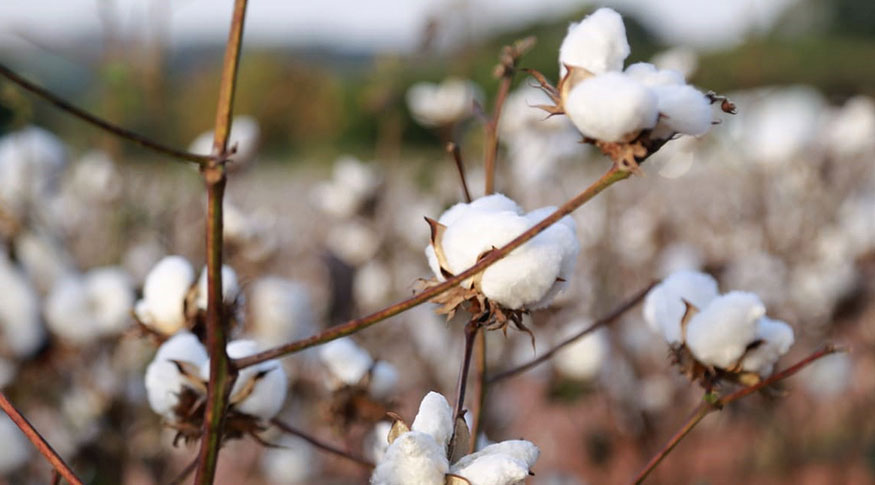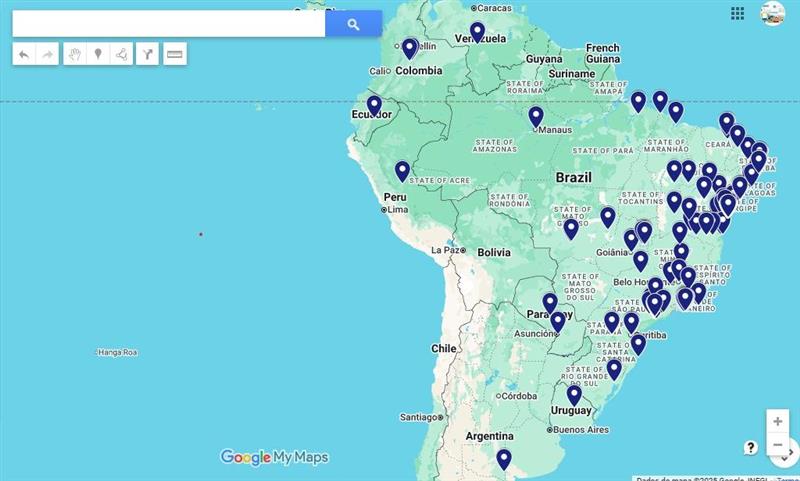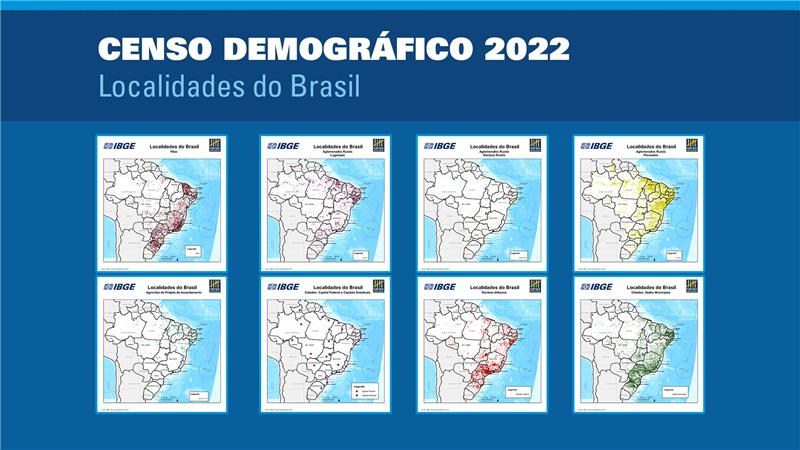Agricultural production
January estimate points to a 3.8% smaller crop in 2024, reflecting weather problems in 2023
February 08, 2024 09h00 AM | Last Updated: February 08, 2024 04h56 PM
 Cotton was the only product to present a production record with an increase of 9.4% in volume and 8.5% in planted area - Photo: State University of Maringá
Cotton was the only product to present a production record with an increase of 9.4% in volume and 8.5% in planted area - Photo: State University of MaringáThe Brazilian crop of cereals, legumes and oilseeds should reach 303.4 million tonnes according to the January estimate of the Systematic Survey of Agricultural Production (LSPA), released today (08) by the IBGE. This result is 3.8%, or 12 million tonnes below the harvest obtained in 2023 (315.4 million tonnes) and 1.0% lower (3.1 million tonnes) than the December 2023 estimate. The reduction reflects the impact of climate issues throughout 2023.
The area to be harvested was 77.6 million hectares, showing a decrease of 0.3% compared to the area harvested in 2023, a decline of 222.6 thousand hectares. In relation to the previous month, the area to be harvested increased by 189,770 hectares (0.2%). Cotton was the only product to record production records.
“In 2023, there was excessive rainfall in Rio Grande do Sul, delaying the planting of this new crop; and periods of droughts with high temperatures in the North and Central-West regions. These climate effects are causing a drop in estimates in these regions and states. The most affected crop was soybeans, which, with an estimated 150.4 million tonnes, a decrease of 1.0% compared to what was produced in 2023, even with an increase in the planted area, which shows a quite relevant decline in productivity”, highlights the survey manager, Carlos Barradas.
He explains that the effects caused by the El Niño climate phenomenon, characterized by excess rainfall in the states of the Southern region, and the lack of regular rainfall, combined with the record of high temperatures in the Central-North region of the country, have brought, as a consequence, a limitation in the productive potential of soybeans in most of the producing FU, justifying the 2.7% drop in the quantity produced in relation to the last forecast presented.
Likewise, corn, with an estimated production of 117.7 million tons, fell 10.2% compared to 2023 and increased 0.7% compared to December. The product also had a 4.8% reduction in the planted area, considering first and second harvest corn. “The problem with corn is that prices are quite out of date, with very low profitability. Soybean prices have also been falling. Rice, on the other hand, for the first time in recent years, had an increase of 3.1% in the planted area. As the price is good, producers expanded the planting area”, says Mr. Barradas.
Cotton was the only product to present a record production, estimated at 8.2 million tonnes, an increase of 9.4% in relation to the third forecast. In relation to 2023, the first estimates point to a 5.8% increase in production, due to the forecast of a larger planted area (8.5%). With this forecast, another record is to be expected in upland cottonseed. In 2023, production was also a record, reaching 7.7 million tonnes. “With the reduction in thesecond-crop corn production, due to the low profitability of prices, producers preferred to invest more in cotton, which showed an increase of 9.4% in production and 8.5% in planted area”, notes the LSPA manager.
For coffee, considering both species, the estimate is a production of 3.5 million tonnes, or 59.1 million 60 kg bags, an increase of 3.7% compared to 2023. Last year, production was already high, despite the fact that it was a negative biannual year. “In 2024, the two-year period is positive, but, given the fact that it has already shown high production in 2023, growth this year should not be very significant. Arabica coffee should total 2.5 million tonnes, an increase of 3.9% compared to last year. Canephora coffee has an estimated production of 1.1 million, an increase of 3.4% compared to 2023”, highlights Barradas.
Two of the five Major Regions show an increase in production estimates: South (12.5%) and North (0.4%), and negative annual change for the others: Central-West region (-11.6%), Southeast ( -5.7%), and Northeast (-5.8%). As for the monthly change, the North region showed growth (3.4%); stability in the Southeast (0.0%), while the others showed declines: Northeast (-1.6%), South (-2.6%) and Central-West (-0.6%).
Mato Grosso leads as the largest national grain producer, with a share of 27.6%, followed by Paraná (14.0%), Rio Grande do Sul (13.3%), Goiás (10.2%), Mato Grosso do Sul (8.8%), and Minas Gerais (5.9%), which, together, represented 79.8% of the total.
"From now on. we have yet to see the impacts of climate effects. There are still several Federation Units sending reports in the coming months. As a result, new data should reflect the climate problems of 2023, which are not yet fully reflected in the January estimates”, concludes the LSPA manager.
About the LSPA
Implemented in November 1972 with the purpose of meeting users' demands for monthly cyclical statistical information, the LSPA provides estimates of planted area, harvested area, quantity produced and average yield of selected products based on criteria of economic and social importance for the country. It allows not only the monitoring of each crop investigated, from the planting intention phase until the end of the harvest, in the reference calendar year, but also the forecast of the following year's harvest, for which the survey is carried out in the months of October, November and December. Please, access data on Sidra database. The next release of the LSPA will be on March 12th.

















